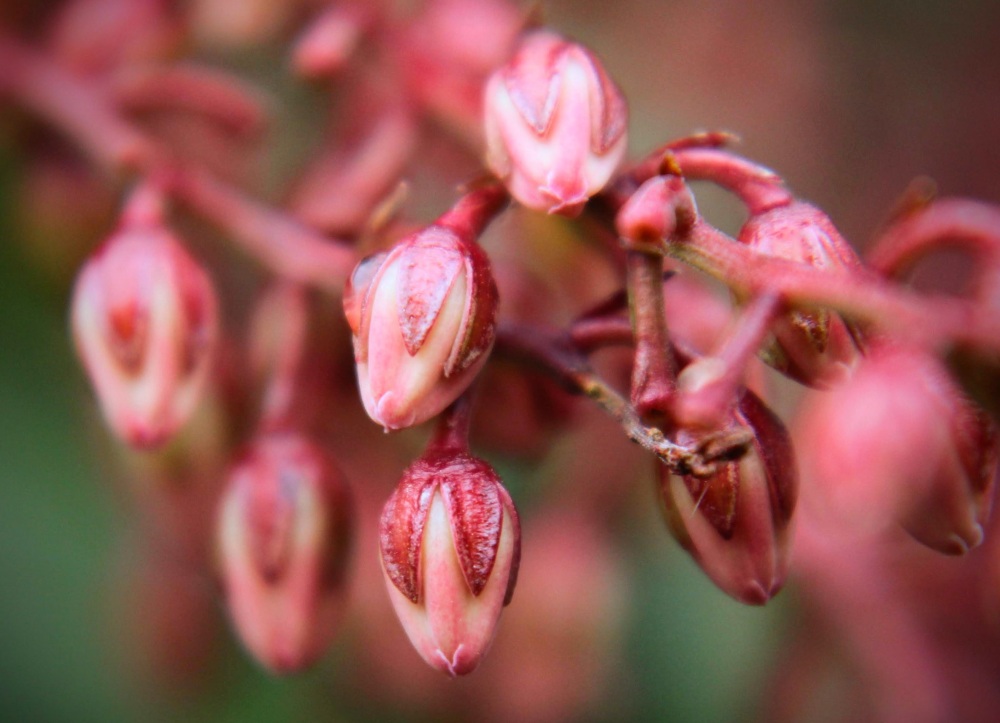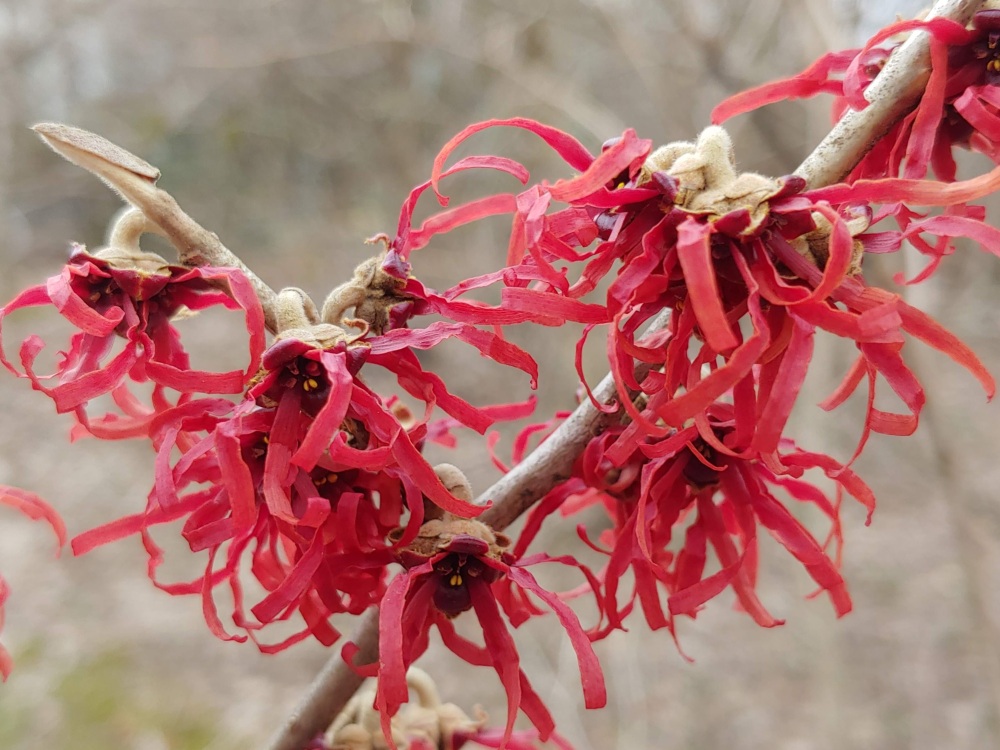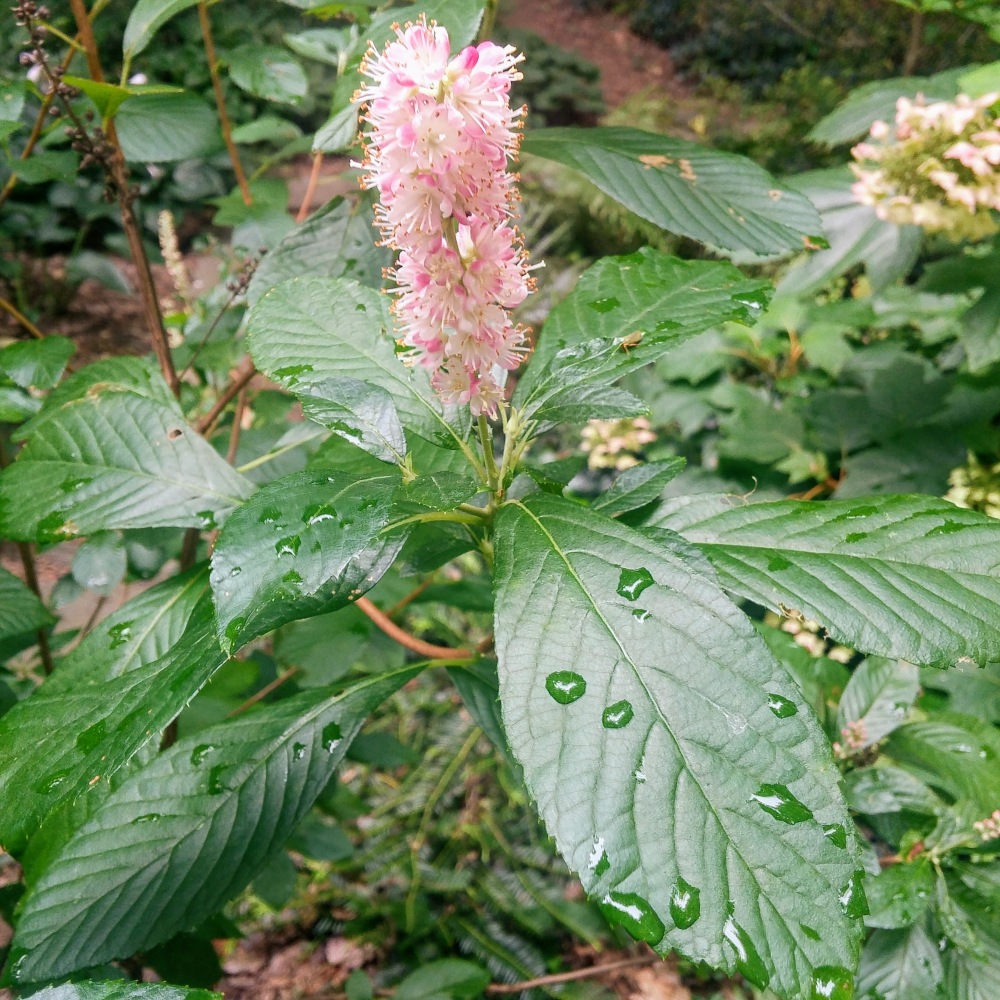I must be patient, no matter that I am not, and never will be. Many dozens of tiny corms and rhizomes were planted at various times last year, somewhere, with a few marked by small bamboo stakes placed afterwards to the best of my recollection, which is often not so good. Locations will not be known until the first leaves emerge through the soil, then more time must pass before tiny leaves can be properly identified. Digging prematurely would certainly unearth and destroy lightly rooted triliums and dog toothed violets (Erythronium americanum).

I am particularly anxious at the beginning of March, a turning point on the calendar, though spring feels far away on this wet, chilly afternoon. More plants are on the way from a variety of vendors, with additional plans for garden center purchases, and some already clustered for protection on the driveway. It’s cold, and colder still forecast for the week ahead, but I could be planting if I had half an idea of where the few small open spaces are. It does no good, is probably harmful, to immediately plunge into planting, but it is doubtful I can be restrained for long.

I am discouraged that soil at the lower end of the garden continues to be saturated. Each step through the lawn leaves deep, muddy depressions, and despite fewer visits through this area, I have determined that the thin grass is irreparably damaged. It must be dug out, then planted, and certainly ideas for this will come quickly.

A witch hazel and two pieris, too shaded for too long, will soon be moved, though not to this area that will be newly dug. Someday, it will stop raining (and snowing), and the garden will dry out, but it has been many months that this part of the garden has been overly wet. I should not expect soils in this area to remain damp, but I will probably err on the side of selecting moisture tolerant plants just in case.
A spring that originates beneath the shed in the rear garden has remained free flowing long enough that there is a depression of standing water a hundred feet in length. I’ve considered planting a small leafed lotus to wind through chokeberries (Aronia) and summersweets (Clethra, above) spread through this wetland, though I also understand the chance that a vigorous lotus might grow beyond my control, or also that the area could dry out, along with the lotus.
It is likely that plans will change several times before planting, but spring is inching closer. Of course, few locations for plants ordered and in hand are settled. I am ready and willing, but my tiny amount of good judgment begs me to wait.
Your pictures are rad, and happen to show some of what we grew a few years ago, except for the summersweet. It is rad too, but we did not grow it. It is gratifying to see how pretty such plants are in actual gardens. They are just commodities on the farm.
In some cases this garden is a trial garden to test new introductions and plants I’m unfamiliar with. Other plants I grow because I want them.
Brent (my colleague down south) does that because he is a landscape designer. Our arboretum looks like it does the same, but the plants are really there to provide cuttings.